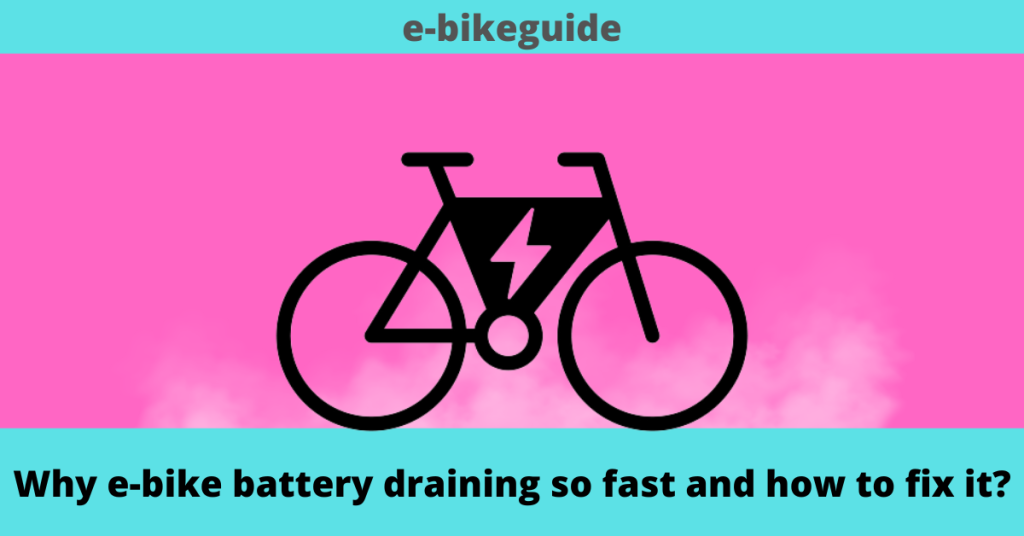Electric bicycle battery draining really fast and what to do about it.
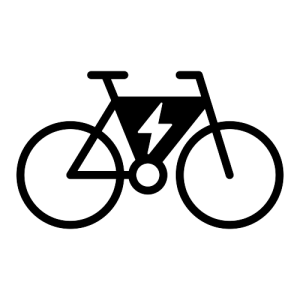
Although the E-bike is more convenient and eco-friendly, regular issues with the battery are a common problem. The battery is a critical component that needs the detailed attention of the owner at the purchasing point.
With the understanding of these issues, we will discuss two areas throughout this article to list down the steps to follow in diagnosing the issues with the battery and recommendations to secure potential extended battery life.
There are several areas where you have to diagnose the issue. I have listed a few of those areas below.
-
Power connection issue
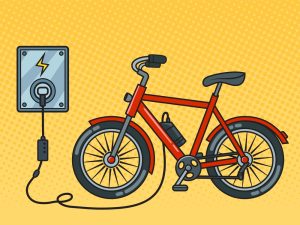
To diagnose the issues encountered with your battery, check the charging capacity and level. Plug into the charger and inspect the charger and the charging speed. Check whether there is any incorrect alignment of the charger or an error with the power connection.
-
Regulate the Battery charging frequency
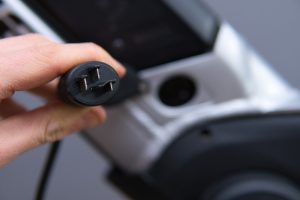
We propose you keep records of your Battery charging period and time. If you have charged your battery for six months ago or less, it has to perform in good condition, or else you may have to undertake to troubleshoot.
-
Be notified on Battery Life Span

The other most common reason is battery life span. The life span of a Lithium battery is about 2 to 3 years. However, it depends on the number of charging cycles. The estimated battery charging is 300-700 cycles.
Sooner after the life span, the performance of the battery will gradually decline. However, it is fixable if it is due to some minor reasons such as a dead cell or faults related to circuits. Though it is cost-effective, repairing the battery is not always possible.
If it is repairable, get the advice of a professional service provider if you are not capable enough to undertake repairs.
-
Check the battery management System (BMS)
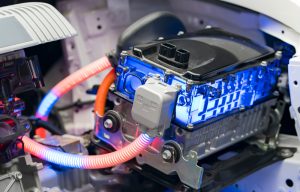
It is one of the most common issues related to the E-bike’s battery system. Once you troubleshoot the charger and battery separately and have zero faults with those items, it is most likely to be a fault with the BMS.
This system controls the balance of the battery’s cells during charging and discharging. Further, the BMS system ensures the quality of the battery by controlling power transport to the motor and regulating the battery’s heat. A fault BMS does not assure powering off the battery. Most issues related to the BMS are discharging of the battery and the unusual reduction of the battery power. Even though your E-bike is not in use, the battery has drained in an unusual pattern means it is an issue with the BMS.
You should be highly aware of the brand of the BMS you replaced with your off-branded battery or general battery. We do not recommend you open the battery in any instance on your own without proper instructions from a professional. You should highly care about the brand of the BMS when you are replacing it with your existing branded battery or general battery. Because of the connection between the battery and charger when replacing a BMS. We do not recommend you open the battery in any instance. Moreover, you should be more aware of buying an unbranded battery for your E-bike.
Once you conduct the trouble-shoot of your E-bike you may recognize the issue with the battery. I have listed possible issues below.
- Bulge of the battery pack.
- Not charging the battery
- Not running for a long
- No charger is available with the Battery pack
- E-bike is not turning on
- E-bike is not speeding up
Find the summary for each of the issues below.
Bulge of the battery pack.

It is a serious thing to consider if you have encountered such a problem with lithium-ion cells. If the battery is highly damaged; its cells turn to swell. If your e-bike’s battery has a bulge in it, turn off the power and remove the battery more carefully. You will not be able to check whether the battery has a bulge if it is positioned inside the bike’s frame. Then you may have to take out the battery. However, keep in mind to check the cables are disconnected properly before removing the battery.
-
Not charging the battery
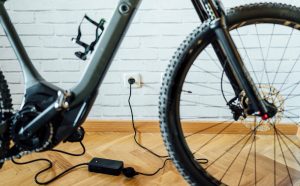
At the stage of troubleshooting, you may have noticed some issues with not charging the battery such as,
- Power turned on
- Power connection is provided properly
- Whether the battery is in extreme temperature condition.
- The charger is working and the level of the outage is over 36 Volts
- Whether the battery charge port is clean?
- Whether you have taken off the battery for a longer time?
- Whether you have fused off the e-bike battery or charger for a long?
-
Not running for a long

As mentioned earlier, the lithium-ion battery has a general life span of 700 charge cycles. Therefore, the battery is more likely to lose its complete charge at the end of this level. However, if you do not concern about the life span and overuse even in the bad condition then the situation will be worse.
Similarly, you may have encountered charging capacity. If you have noticed such issues, please consider the following information in this regard.
- Is your battery fully charged?
- Have you experienced a slow disc brake?
- Whether the terrain performs as usual in terrain uphill?
- Do you require to assist the battery by paddling?
- Have you encountered any difficulty in bearing free spinning?
- Have you experienced a short circuit in the battery, wiring, or motor?
These are some of the situations where you may face slow battery discharging.
-
No charger is available with the battery pack
If a charger is available with you, it is indeed a good sign for the performance of the Lithium-ion battery. Because compared to other batteries it charges slowly. If you have noticed that your battery is not charging for a long period, you may charge it 100% and check the status. If it gets discharged without use, then there might be an issue with the short circuit or faulty battery.
You can troubleshoot the problem with the following test. I have mentioned step by step below.
- Take out the battery pack from the e-Bike
- Charge it up to 100%
- Test the battery by leaving it off the bike.
If you have noticed the power is remaining the same, then the problem exists with a circuit or the motor of the bike. If not, then that is an absolute fault of the lithium-ion cell.
-
How you can ensure that your battery is charged?
Check your battery charger, it properly indicates with a LED light. The color of the charger will change to red if the battery power is critically low. The green color indicates that you have fully charged the battery. There are some chargers which go turn off the light when the battery is fully charged. However, the red color is the indicator of less power or no power in both instances.
It is important to keep in mind that the battery pack is not to charge for 24 hours. Because Lithium battery capacity will be reduced if it remains plugged in.
Depending on the battery model, the battery’s power level will be indicated, or the speed controller.
-
Do you require to assist the battery by paddling?
If your e-bike battery is on check the fuse of the battery pack. This type of fuse is generally placed on the left side of the battery because it will blow out in case of small circuits, vibration extreme power, and old age.
If there is no issue with the fuse and battery pack, you have to check the condition of the controller. Unless there is no issue with the controller, the signals to turn on the battery pack are issued. If the bike has fallen or water got in. the speed controller is not functioning properly.
Keep the hand “on” switch of the e-bike for 10 seconds. Some speed controllers turn on with the “M” button. Based on the model, the switch button may be changed. Make sure that the speed controller is proceeding
Secondly, keep your battery charged with at least two bars of power. Keeping the battery very low will adversely affect the bike turning on.
Importantly, check whether you have connected the cables properly. Unless unclear paths will dislodge the cable connection. This issue is commonly faced by mountain electric bikes. Ensure the connection is tight.
-
E-bike is not speeding up
Your e-bike may speed up due to several reasons. The common reason is feedback magnet error occurs when the pedal crank or the rear wheel hub. If you have experienced an error with the switch, clear it properly with a cloth. Then it will work well.
Does the e-bike speed limit?
Certainly. E-Bike speed is limited to 25 km/h or 15.5 mph. This speed limit has been considered the road rule of the main cities of the world. Once a motor reaches the maximum limit, it will discontinue the power supply. Though the motor does not supply the power, the rider can pedal faster than 25 km/h. Subsequently, the battery management system supplies the power to the main door when the speed controller identified speed has reduced. It has the standard feature of most electric bikes. It ensures that the bike follows the general road rules.
Most often the rider does not detect e-bike battery issues correctly. Most of the standard e-bikes come with special features like a switch on the back and front brakes to stop the drive motor. These switches make wheels immovable. When both brake levers make active, they free up the switch. When the whole rear removes or the front brake lever, the switch limit is visible. Another important point is not to leave the e-bike in leaving rain.
It is important to check whether you have ordered the perfect match with the pedal assistant, only throttle or pedal only. Then you do not want to avoid post-purchase dissonance. A general bike with a minimum speed limit which with an active drive motor. It is a good safety feature that ensures a minimum speed of 1.8 mph.
A standard e-bike comes with 250W. It is more than enough to ride an e-bike on uneven roads. The drive motor is with a maximum power of 250W to 15 mph. The maximum weight to hold is 240 pounds in total. Though it is not much noteworthy, it supports charging the motor by pedaling. However, you can think of upgrading the bike with conversion gear.
Conclusion
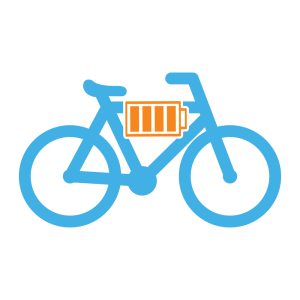
For the time being, e-bikes have developed their appearance. Most of the issues encountered with the e-bike are related to the battery. However, those issues are easily recoverable with less technical knowledge. The rider himself can solve these issues if he carefully goes through the manual and instructions of this site. I believe this article also provides sufficient information to keep the e-bike running fast for a long time.
The most critical problem that occurs in the e-Bike is overheating and low voltage. The owner should ensure that the e-Bike battery is always in topped level. Then there will be very minimal errors in the bike for long life.
To sum up, we have listed the following instructions for you to maintain the e-bike.
- Make sure you have charged the battery in full before troubleshooting the process.
- Check the charger always.
- Make sure you have got the correct charger and the charger is working properly.
- You have connected the charger correctly.
- Check the battery and make sure you have aligned it properly.
- Make sure the BMS is in order.
- Avoid high temperatures and maximum charging to ensure the quality of the e-bike.
Ensure high Battery Potential
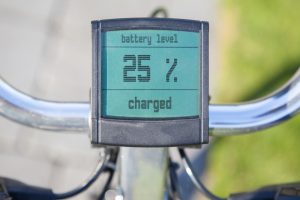
Since battery determines the velocity and duration of the ride, it is a critical component to determine when purchasing an E-bike. Most E-bike owners reform the battery to meet their standards and specifications for the ride. Since it is an expensive component of the E-bike, we propose you keep up maintenance and make necessary repairs if necessary to fully utilize the battery and maximize the life span of the battery.
We believe the following instructions will be useful for you to maintain the quality and maximize the potential of the battery.
-
Not to exceed the level of temperatures.
The extreme temperature will badly damage the lithium-ion battery. We do not propose you charge the bike during freezing weather conditions. Further, high humidity condition also adversely affects lithium-ion batteries. You may pack your e-bike in a dry area for maximum use of the battery.
-
Do not overcharge
It is a good sign if you can keep the habit of not leaving the battery power 10% below capacity. It will reduce the battery life quickly. The most affordable range of bikes charges between 40%-80%
